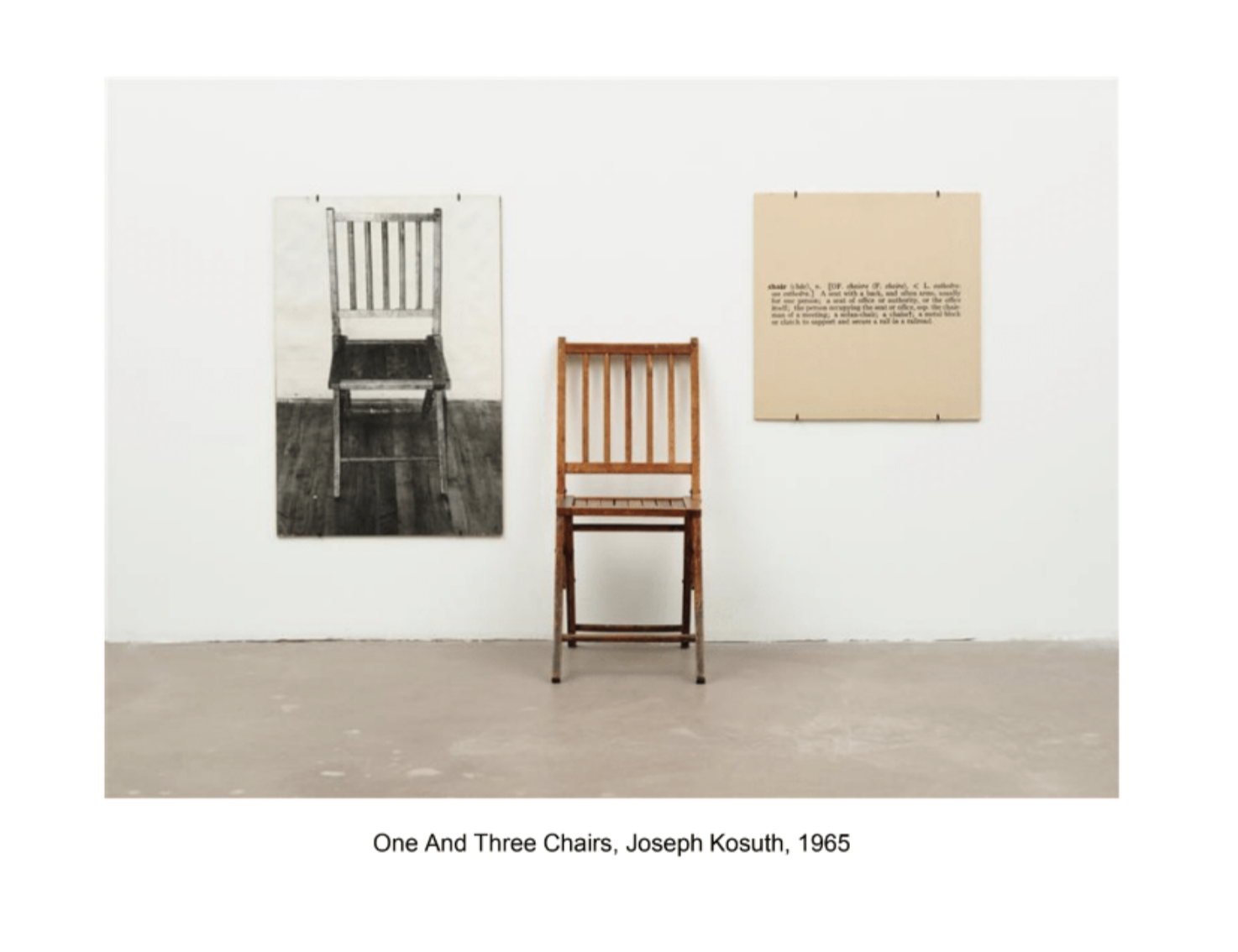Conversation 1: AA
Workshop @ AA, London with Diploma 3 architecture students 05/02/2019
We are sitting in a circle, this is a safeR space, a collective exchange, a conversation around the impact of language an connection with space
REPRESENTATION
“Perhaps instead of thinking of identity as an already accomplished fact, which the new cultural practices then represent, we should think instead of identity as a production which is never complete, always in process and always constitute within not outside representation.” (Stuart Hall, 1990)
There are at least two different ways of thinking about “cultural identity”:
1) There is 'one true self' hiding inside the many other more superficial or ‘artificially imposed selves’ which people with shared history and ancestry hold in common. Common historical experiences and shared cultural codes which can provide us as one people with continuous frames of reference. This understanding played a huge role in the post-colonial struggles and had a critical role in reshaping our world. Frantz Fanon called this “passionate research” for identity “directed by the secret hope of discovering beyond the misery of today.” But then isn’t this re-centering experiences of colonialism where we are only focusing on unmasking what the colonial experience has masked.
The production of identity rather than a rediscovery - “not an identity grounded in archaeology, but in the re-telling of the past”. This production requires imaginative practice and we should not underestimate or neglect the importance of the act of imaginative rediscovery - ”cultural identity as a matter of becoming rather than being”.
2) Cultural identity as a matter of “becoming rather than being” is the second understanding of cultural identity. It is aware of the many differences as well as the many similarities. This position recognises that, as well as points of similarity, there are also deep and significant differences. This understanding of cultural identity belongs to the future as much as it belongs to the past. it is not something that already exists, transcending time and place, although it comes from somewhere. It has histories, but like everything historical it goes through constant transformation and doesn’t have a fixed root that needs to be discovered to secure our sense of self for eternity.
“Identities are the names we give to the different ways we are positioned by, and position ourselves
within the narratives of the past - present and future.”
Cultural Identity and Diaspora, Stuart Hall (1990)
It is not once-and-for-all discovery of a fixed origin but also not a phantasm. It is something that has histories.
Always constructed through “memory, fantasy, narrative and myth”.

Wanting to have a fixed cultural identity is a continuation of the colonial attempt to want to always root us to
some ‘origin’ other than existing ‘here’ now.

INTERPRETATION
Communication takes so many forms (verbal, physical, artistic, musical, form and content) but words are particularly powerful because the words you use or language you speak affect how you interpret the world and consequently how people perceive you.There is an assumed commonality within language and interpretation. Language is one of the most unconscious mediums of representation and often leads to misunderstanding and miscommunication. The assumption being that we all understand things the same way (do we all think of the colour blue or love in the exact same way?). We are not always aware that we are imposing meaning on people and things through the language that we use. We are constantly projecting our own understanding on other people’s experiences. Framing and priming in media and mass communication are a great example of this. The people doing the communicating are choosing what to include and exclude and are relying on your pre-existing schemas and how to fit their narrative within that. There is an over-reliance on words and we take the words we use for granted. Words are as subjective as art. Even our physical understanding of space and time is altered depending on what language we speak. Examples of ‘long’ wedding (long periods of time are sometimes referred to in other languages as ‘tall’ - long vs. tall - do you imagine time moving horizontally or vertically?) and the gendered bridge (in the languages where it is feminine, bridges are often thought of as beautiful and in languages where it is masculine, bridges are considered strong). Language is constantly evolving just as we are evolving as human beings. So what does that mean when we are constantly identifying and re-identifying ourselves and what implications does that have on our labels and the groups we belong to?
THIRD SPACE
Spaces have been created with the ability to represent, they are forms of representation. Space is used as a formation of an identity. We speak of space as a social, mental and physical realm and we think of queerness as this ephemeral concept. If we were to draw parallels between identity and physical space, who gets to construct these identities? This is where the concept of third space comes in, as an alternative to the binary. The binary exists because of the power structures forced on us, people don’t have the imagination to think outside this binary. Queerness is the imagination to operate beyond this space. The third space was created due to a lack of space of belonging. Language is our medium to create this third space and it forces you to challenge yourself to think about things differently, understand why you speak about things in a certain way, to re-conceptualise words and spaces and why you chose to be in them.
Architecture is the intersectionality of semiotics, language, orientation - when you go into a space it's all of those.
Semiotics - codes of visualisations that operate on an unconscious level that play a role in understanding and reading a situation.
Existing in the binaries of representation and considering the limitations of words, the production of identity becomes a question of compliance or resistance. You are either inside or outside, included or excluded, man or woman, muslim or queer.
When we do subversive campaigns - the intended language in the production becomes trivial - you start to play with it because it is not at the mercy of binary thinking.
But what if you were able to create a space where these binaries are abolished? How can you construct such space? What form does it take?

What are the temporalities of physical spaces? Like culture, location holds its meaning at a given time as inhabited by a given subject. It is ever evolving, never static. Its purpose is recycled by those occupying it, take this room we’re in, originally designed as a residential quarter, now it is a lecture room, tonight it is claimed by us.
Third space: subjective yet ephemeral. It leaves no trace, its agency travels by non-conventional mediums.
Travels with word of mouth or on a fleeting ig story or a provocation of an emotion.
In essence a third space exists as a collection of primary data (a combination of Arabic and English words, juxtaposed with our visuals), whatever it produces is a hybrid of its original yet emerges as an autonomous and independent product. What it produces is something completely new, detached from its origins, deviating from the original meaning. Our use of audio/visual material is liberated from the limitations of the intended use. What does it convey? Is knowledge of the language still important to understanding the message? Hybridity grants autonomy over the resources used.
Sources:
Cultural Identity and Diaspora, Stuart Hall (1990)
The Wretched of the Earth, Frantz Fanon (1961)
Queer Phenomenology, Sara Ahmad (2006)
